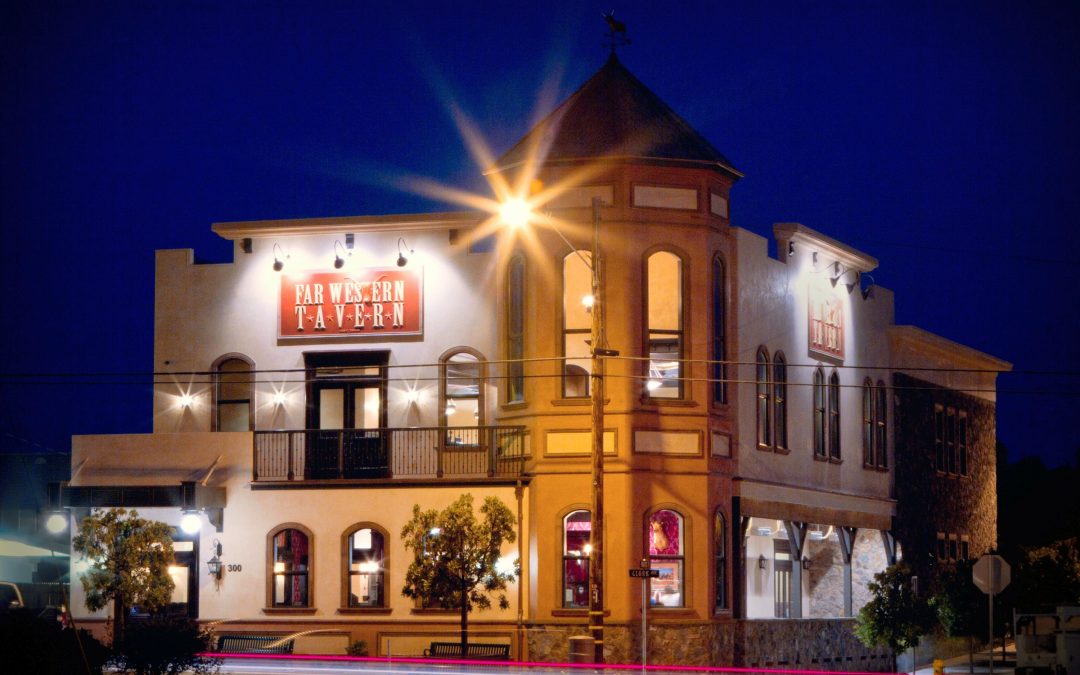Downsizing can be a daunting task, but with the right strategies, it can be a rewarding experience. From decluttering to maximizing value, there are various considerations to take into account when transitioning to a smaller living space. By creating a “must have” and “nice to have” list, eliminating duplicate items, and focusing on what truly brings joy, the downsizing process can be simplified. In this comprehensive guide, we will delve into practical tips and insights to help you maximize value and minimize stress during the downsizing journey, catering to local community homeowners looking to streamline their living arrangements and embark on a new chapter.
Decluttering with Purpose
Identify Your Essentials
When embarking on the downsizing process, the first step is to identify what is essential for your new space and lifestyle. Start by listing items that are non-negotiable, such as your bed, a comfortable couch, and necessary kitchen appliances. Remember that essentials go beyond furniture and should include clothing, personal items, and everyday tools that support your daily routine.
This task requires honesty and practicality. Reflect on your current usage of items. If something hasn’t been used for over a year, it’s likely not essential. This process helps in making tough decisions about what stays and what goes, ensuring that each item in your new home has a clear purpose. An organized and prioritized list will streamline your packing and reduce the time and stress involved in the move.
Letting Go of the Non-Essentials
Parting with possessions that have outlived their utility or personal value is a critical step in downsizing. It’s important to recognize that items not designated as essentials can still find meaningful use elsewhere. Consider selling, donating, or recycling things that are in good condition but no longer serve your needs.
During this phase, confront the emotional attachments to objects and weigh them against the practicality of keeping them. It’s beneficial to remember that memories and sentiments are not tied to the physical items themselves. By letting go of the non-essentials, you free up physical space and reduce mental clutter. This action not only simplifies your move but also paves the way for a more organized and spacious new living environment.
Sentimental vs. Practical Items
The clash between keeping sentimental items and choosing practicality is often the hardest part of downsizing. To navigate this, assess each sentimental item critically. Ask yourself whether the object can be repurposed, reused, or if a photo of it would suffice to preserve the memory. Limit yourself to a designated number of keepsake boxes to prevent over-accumulation.
When evaluating items, consider their function in your daily life. If an item has not been used recently but holds sentimental value, find a way to honor the sentiment without the physical object. Perhaps a friend or family member could make use of it, keeping the item within your circle and preserving its history. Balancing sentimental and practical items is about compromise and finding creative ways to maintain the essence of cherished memories without the physical burden.






